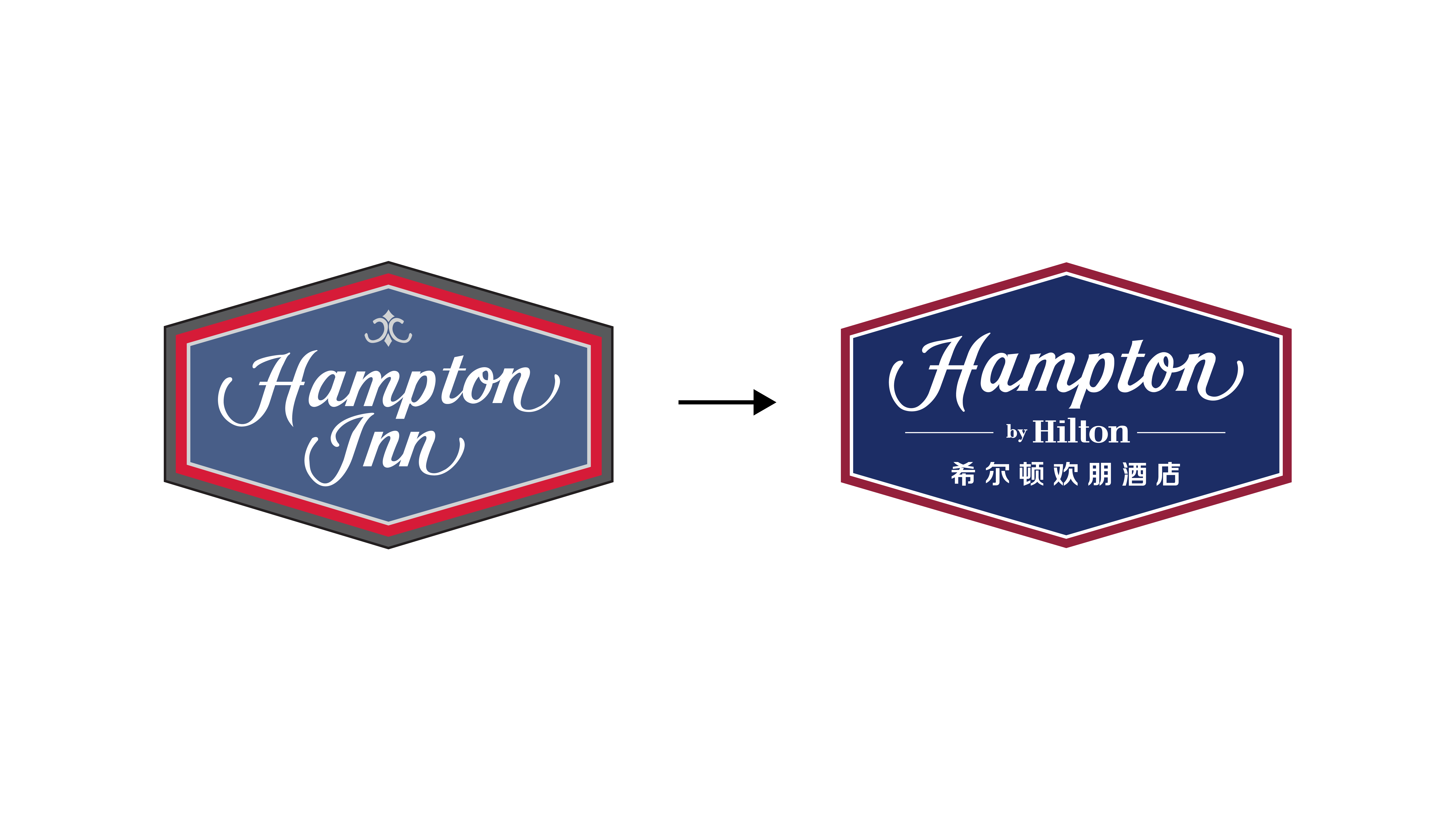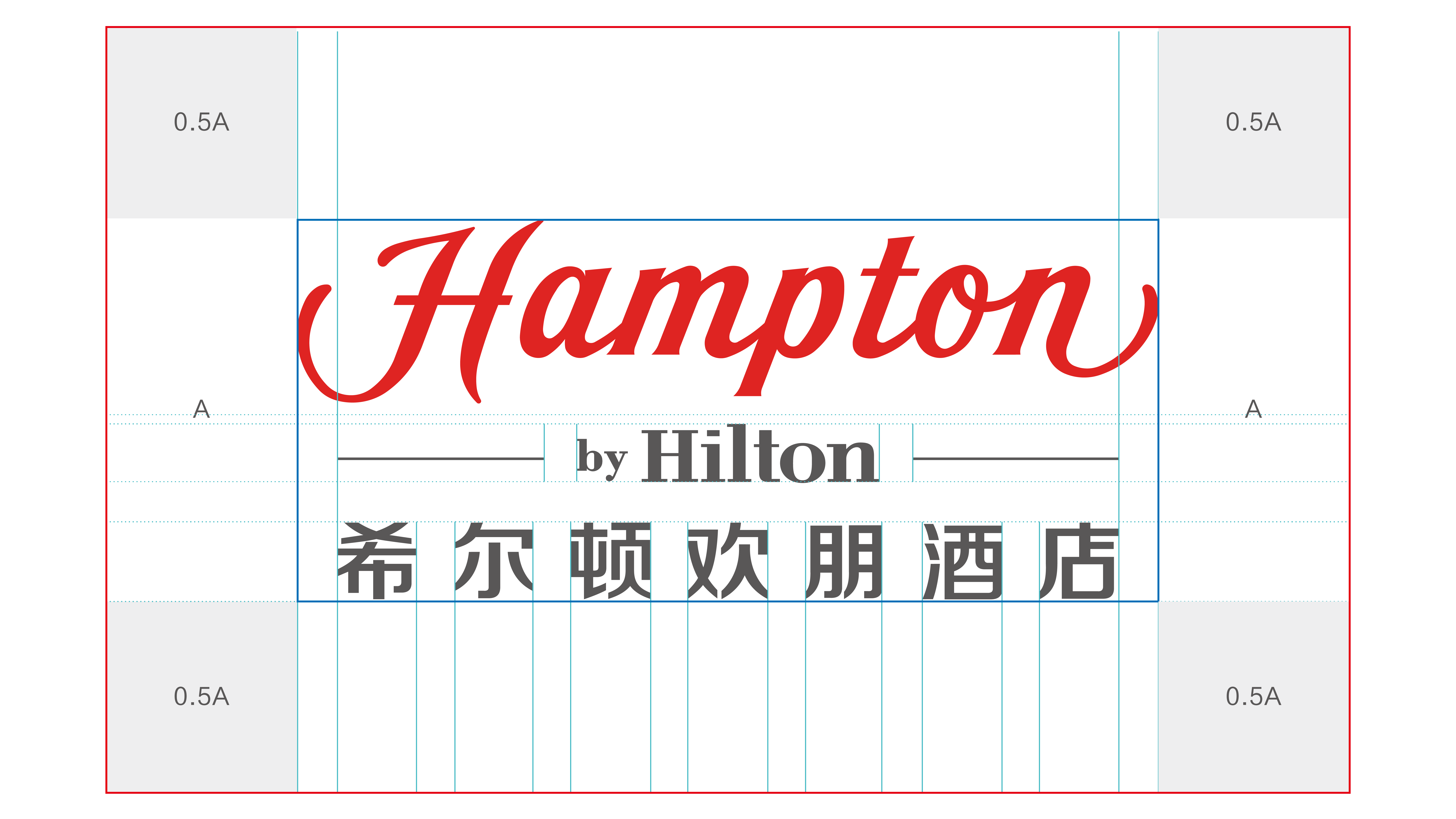Looking back at the development of the domestic mid-range hotel market, it wasn’t until after the year of 2000 that the sector began to develop rapidly. The period from 2005 to 2014 marked the phase of significant expansion for mid-range hotels. In 2005, the Vienna Hotel Group was established and subsequently developed into a leading group within the sector. In 2006, the mid-range brand Season Hotel under Huazhu Group was launched, followed by the establishment of other mid-range hotel brands such as Yitel. From 2015 onwards, mid-range hotels entered a period of corporate and chain integration, with several brands being acquired in succession. Companies like Jin Jiang and Huazhu Group have taken leading positions with their strategic layouts.
2014 was a year of rapid development for the hotel industry in China, with the budget hotel market essentially divided among several major hotel groups. However, an imbalance between supply and demand became apparent in the mid-range hotel sector, making it an inevitable new opportunity for the hotel industry. Faced with such a blue ocean, numerous hotel groups aimed to swiftly establish a presence and explore this market segment, which held more potential for imagination.
On October 30, 2014, Hilton announced an exclusive strategic cooperation agreement with Plateno Group, officially declaring the strong entry of Hampton by Hilton into the Chinese market. Since then, the hotel market in China had embarked on a pioneering journey of collaboration between Chinese and Western brands. Plateno Group valued Hilton's global fame, aiming to dominate the mid-range hotel market. They formed a strong partnership with Hampton by Hilton, seizing the endless opportunities in the mid-range sector. Starting from an international perspective, MTC collaborated with Plateno Group to localize the Hampton by Hilton hotels for the Chinese market.
The challenges faced by Hampton by Hilton in its localization upgrade in China include:
A. A significant homogenization between mid-range and budget hotel markets, making it difficult to differentiate Hampton by Hilton from other hotels within these segments.
B. Hampton by Hilton brand lacks recognition in the Chinese market, presenting a hurdle in attracting customers who are unfamiliar with the brand's value proposition and offerings.
Insights:
In the era of Mid-Range Hotels 1.0, hotels were merely an extension of budget hotels with added themes and upgraded physical infrastructure. Their management systems were fundamentally the same as those of budget hotels, focusing primarily on the efficiency of expansion. This approach, which essentially amounted to a simple upgrade of budget hotels, failed to meet the expectations of the new middle-class target consumer group. When customers visited these hotels, the mere upgrade in hardware without offering a unique experience or service was insufficient to withstand the test of market competition. Subsequently, the 2.0 version, characterized by brand operation and cultural marketing, emerged, which we refer to as "Culture Hotels".

As a pioneer in the mid-range hotel sector, Hampton by Hilton possesses unique advantages: backed by the brand momentum, management system, and service culture of Hilton Worldwide, its products and reputation are significantly superior. However, before Hampton entered China, the national awareness of the brand was virtually non-existent; the public was familiar with Hilton as an international luxury hotel brand. Therefore, the key challenge of this collaboration was how to leverage the "Hilton" brand asset while integrating it with Hampton's unique concept in a way that resonated with the local market.
Step One: Identify Core Customer Groups and Provide Targeted Services
Hampton by Hilton, positioned as a mid-range hotel in China, inevitably required a repricing strategy. At the time, domestic mid-range hotels were typically three to four-star establishments, with prices generally ranging from 250 to 550 RMB per night. Over the years, the mid-range hotel market structure has been extremely fragmented, with the competitive landscape dominated by numerous traditional, independent hotels, resulting in a low market concentration.
Hampton by Hilton, positioned as a mid-range hotel in China, inevitably required a repricing strategy. At the time, domestic mid-range hotels were typically three to four-star establishments, with prices generally ranging from 250 to 550 RMB per night. Over the years, the mid-range hotel market structure has been extremely fragmented, with the competitive landscape dominated by numerous traditional, independent hotels, resulting in a low market concentration.
Step Two: Reshape Core Values to Create a Distinct Brand
Leveraging Hampton's brand assets, MTC team reinterpreted its brand service philosophy, reaching a consensus with Plateno Group to elevate the core values of Hampton by Hilton.

"Friendly, authentic, caring and thoughtful" are terms used when communicating with the general consumer base. However, the new middle class yearns for a lifestyle that is both tasteful and wise. With this consideration, the concepts were refined as follows: "friendly" into "perfect," "authentic" into "cozy," "caring" into "agile," and "thoughtful" into "considerate." This combination of philosophies is better suited for the mid-range positioning of Hampton by Hilton, guiding the hotel management team in upgrading their services to align more closely with the expectations and aspirations of their target customers.
In defining the brand's role, after extensive discussions with the corporate team, we unanimously settled on the concept of a "confidant." A confidant, as someone who knows "you" best, not only has their own perspective but also considers things from "your" perspective. A confidant can share in "your" joys and sorrows. We hope that Hampton by Hilton gives the feeling akin to that of a confidant.


Therefore, in refining the value proposition, it should be positioned as perceiving value above budget hotels but below five-star hotels. It is neither about providing merely basic service packages nor about pursuing extraordinary luxury experiences, but rather about standing in "your" shoes to fulfil what's in "your" heart. This approach leverages Hilton's stronger brand endorsement compared to domestic mid-range hotels, creating a halo effect that sets expectations for Hampton by Hilton's service standards. The role of a confidant resonates with these expectations, emphasizing a personalized and understanding approach. Ultimately, we articulate Hampton by Hilton's value proposition as: "We love having you here." This accurately differentiates the Hampton brand, with its five-star lineage, from budget hotels.
Step Three: Localized Naming Strategy to Reduce Cognitive Cost
Given Hilton's considerable recognition in the Chinese market and its accumulated brand equity, the Hampton by Hilton brand, however, lacked awareness among Chinese consumers. Therefore, in naming the hotel, we prefixed "Hampton" with "Hilton" to leverage Hilton's brand reputation. This strategy allows Hampton by Hilton to quickly penetrate the Chinese market by capitalizing on the established trust and familiarity associated with the Hilton name, thereby reducing the cognitive effort required for the audience to recognize and remember the brand.
Step Four: Upgrade Brand Image to Gain Recognition Momentum
In line with the naming strategy, we undertook an upgrade of the brand image for Hampton by Hilton. Given that Hampton Inn is a brand with global recognition, only minor adjustments to the logo were necessary to adapt it to the Chinese hotel market. Therefore, we retained the core identifying script "Hampton" and removed the English word "Inn" and non-identifiable patterns from the logo. We then added the endorsement "by Hilton" below "Hampton" to leverage the prestige and trust associated with the Hilton name.


Summary and Future Outlook
The essence of brand value lies in its ability to deliver a consistent brand promise to customers at any time and place, which tests a company's capability for meticulous management. Through repeated interactions with the brand, consumers come to regard the brand's stability as a basis for future decision-making preferences. On October 30, 2014, Hampton by Hilton held a brand launch event in Beijing, officially announcing the introduction of Hampton by Hilton hotels in China, and successfully attracted investors on the spot. Undoubtedly, after eight years of development, Hampton by Hilton has become a heavyweight contender in the mid-range hotel segment. With effective control of the pandemic in China and the implementation of domestic circulation policies, there is boundless potential for the growth of Hampton by Hilton in China.

Service Content
Overseas brand localisation strategy,Brand comparative strategy,Brand consumer insights,Brand value proposition building,Brand visual identity system













